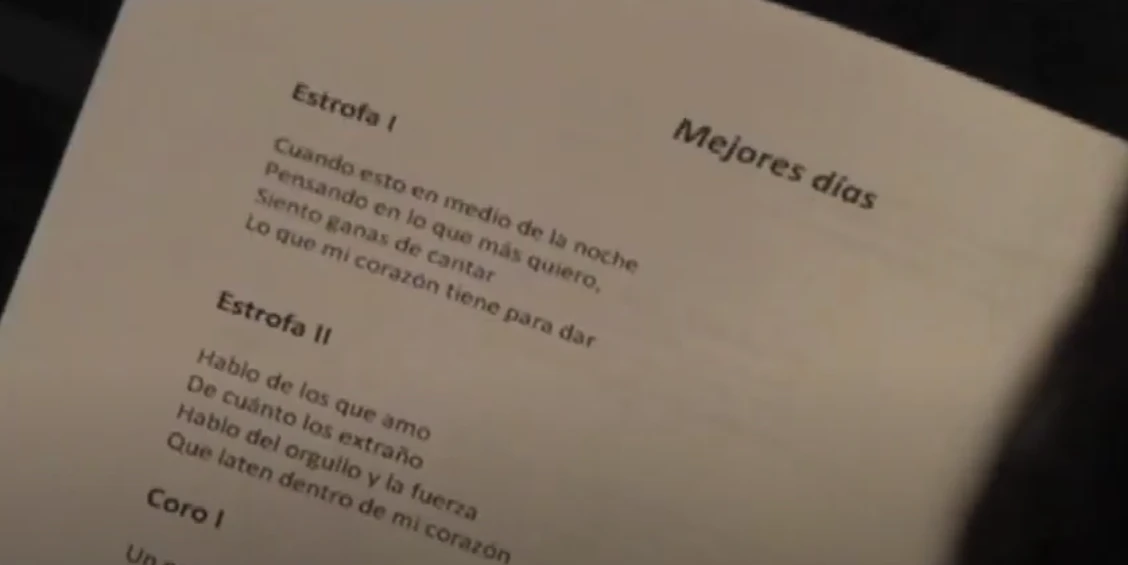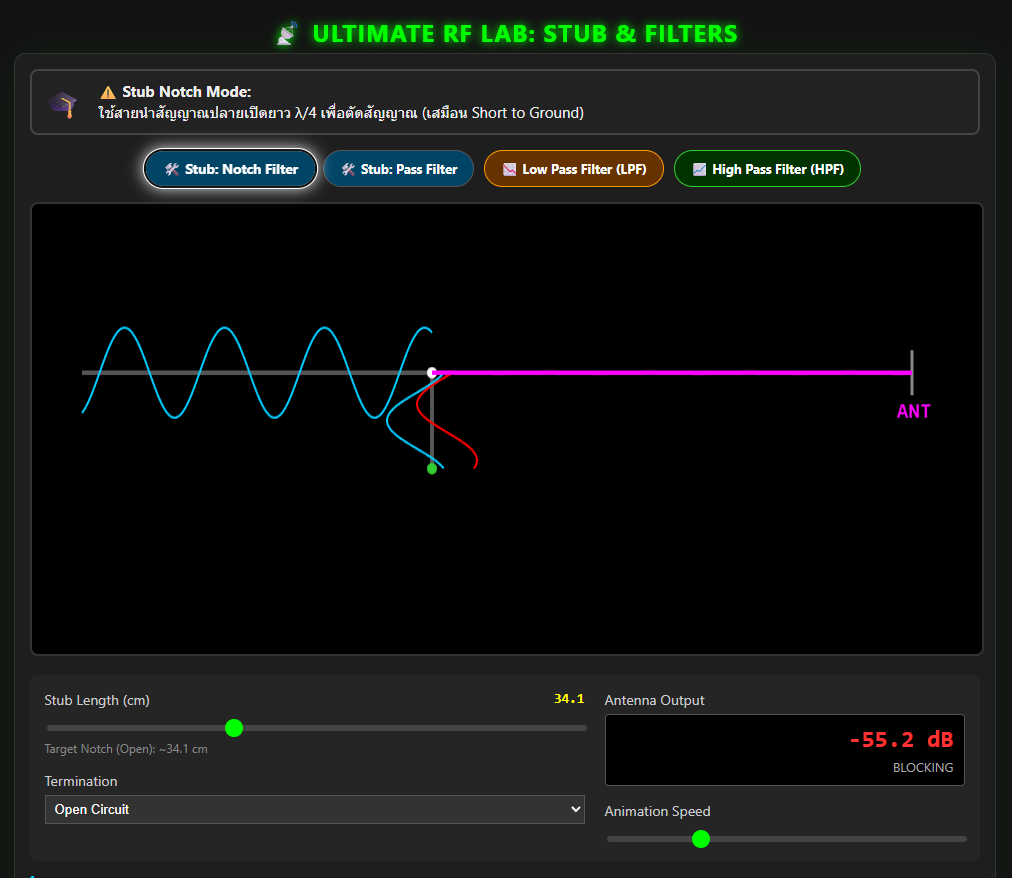amateur radio
colombia
ham radio
military
morse code
radio amatur
better days morse song, colombia farc hostage, covert operations, creative military strategy, ham radio, hidden messages in songs, hope for captives, morse code, morse code pop song, music in warfare, natalia gutierrez y angelo, psychological warfare, psyops music, radio intelligence, rescue through music
9M2PJU
0 Comments
Better Days: How a Pop Song with Hidden Morse Code Brought Hope to Captives in the Jungle
To most people tuning into Colombian radio in 2010, “Better Days” sounded like any other Latin pop hit. Upbeat. Catchy. Sung with emotion. It even had a little synth riff in the chorus—just enough flair to feel modern. But for a select group of listeners—soldiers held captive in remote jungle camps—it was something else entirely: a lifeline.
What they heard hidden in those beeps was a secret message, encoded in Morse code, meant only for their ears. It said:
“19 people rescued. You’re next. Don’t lose hope.”
This was not just a song. It was a covert operation, a psychological masterpiece disguised as a radio hit. It wasn’t on Spotify’s Top 40, but it might have saved lives. This is the remarkable story of “Better Days” by Natalia Gutierrez and Angelo, and how music became a medium for resistance, survival, and hope.
🇨🇴 The Conflict: Colombia vs. FARC
To understand the impact of this song, we need to look back at Colombia’s decades-long internal conflict. Since the 1960s, the Revolutionary Armed Forces of Colombia (FARC) had been waging a guerrilla war against the Colombian state. Over the years, they evolved into a formidable armed group involved in kidnappings, extortion, and narco-trafficking.
One of their cruelest tactics was the long-term captivity of soldiers and civilians. Hostages were often held for months or even years in jungle camps under harsh conditions, cut off from all communication with the outside world.
While military rescue operations were underway, the Colombian army realized something just as important as logistics was missing: hope.
🧠 The Idea: Sending Hope Without Being Caught
In 2010, Colonel José Espejo, an officer involved in anti-kidnapping efforts, began working with advertising agency DDB Colombia and strategist Juan Carlos Ortiz. The idea was bold:
Can we send a hidden message of hope to hostages through music without their captors noticing?
If they tried to send physical letters or recordings, the risk of discovery was too high. But what if they could use Morse code, a language still taught to many soldiers during training?
That’s when the idea of a radio song was born. A professionally produced pop song, with a hidden Morse message embedded into the beat. A message that would be inaudible to the untrained—but loud and clear to those who could decode it.
🎵 The Song: “Better Days” (Mejores Días)
The result was “Better Days”—a song written and performed by Natalia Gutierrez and Angelo, both accomplished Colombian musicians. It had all the ingredients of a regular chart hit: a heartfelt vocal melody, lyrics about better days ahead, and an uplifting instrumental track.
But embedded within the chorus, after the line “Escucha este mensaje, hermano”, came a rhythmic series of beeps—Morse code played using a synth tone.
The code spelled out:
“19 personas rescatadas. Ustedes siguen. Ánimo.”
(“19 people rescued. You’re next. Don’t lose hope.”)
This message repeated multiple times, subtly layered into the chorus so that it would not raise any suspicion among guerrilla captors, who often allowed music to be played in the camps.
🔊 Technical Genius: Making Morse Invisible
The hardest part wasn’t writing the song—it was embedding the Morse code without ruining the rhythm.
DDB Colombia worked with sound engineers to calculate how many Morse symbols could fit into a chorus without distorting the musicality. They found they could embed about 20 words in each repetition.
They chose a synth tone that matched the key and tempo of the track, ensuring the beeps wouldn’t sound out of place. They also tested the track with people who didn’t know Morse—none noticed anything strange. But when they played it to trained soldiers?
“Clear as day,” they said. “We knew immediately it was for us.”
📡 Broadcasting Operation: A Covert Radio Campaign
Once finalized, the Colombian military launched a covert radio campaign. The song was played:
- On over 130 government-controlled radio stations
- In regions known to house FARC jungle camps
- At specific hours when hostages might be tuned in
In total, the song reached an estimated 3 million people—including both captive soldiers and their FARC captors, who never suspected a thing.
It wasn’t just a song—it was a message wrapped in camouflage.
💬 What Captives Said After
When rescued soldiers were eventually interviewed, some revealed they heard the song and recognized the Morse code. For them, it was more than information—it was confirmation that they were not forgotten.
“It gave me strength,” one soldier recalled.
“We felt like someone was reaching into the jungle and touching our soul.”
This psychological boost was crucial in a place where days blurred into months, and months into hopelessness.
🎤 The Artists: Natalia Gutierrez and Angelo
The duo behind the song weren’t told about the operation until later. They were approached as professional musicians and asked to record a pop ballad. Once they learned the truth, they were stunned—and proud.
“It’s the most important song I’ve ever sung,” Natalia later said in an interview.
Their voices carried more than melody. They carried courage.
🌍 Why This Matters Today
In a world filled with war, division, and suffering, “Better Days” is a powerful reminder that creativity and compassion can be stronger than violence.
It shows us:
- Morse code isn’t dead—it’s evolving in clever new forms
- Music isn’t just for entertainment—it can be a tool for liberation
- And even in darkness, someone, somewhere, is working to send you light
🎧 Listen to the Song (Decode It Yourself)
Want to try decoding it? The Morse beeps are most prominent at:
- 1:30
- 2:30
- 3:30
Read more https://www.bbc.com/news/world-latin-america-63995293







Post Comment